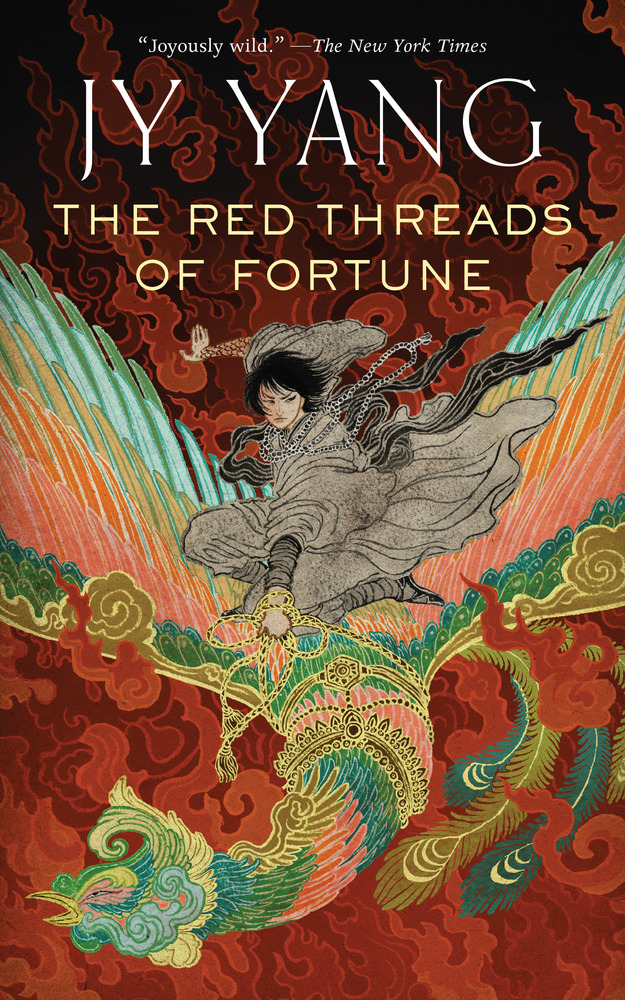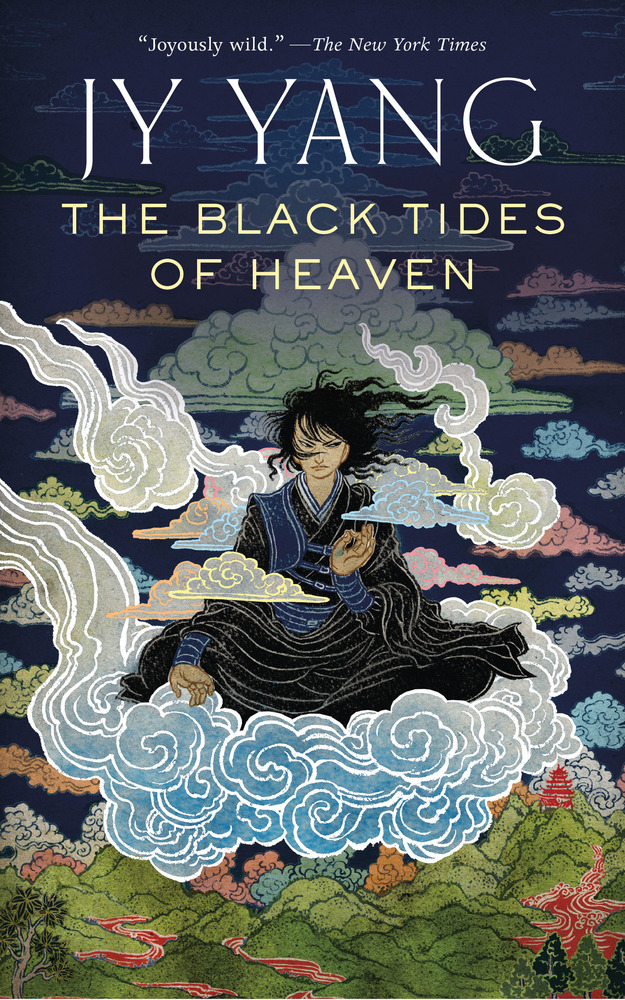
by Michele Kirichanskaya | Feb 19, 2025 | Blog
Amber Chen is a Singaporean-Chinese author of SFF and contemporary fiction. She spends much of her free time living within Chinese fantasy novels and dramas and also drinks one too many cups of bubble tea. One of her webnovels, The Cutting Edge, has been adapted for...

by Daniel Stalter | Jul 30, 2018 | Blog
The Red Threads of Fortune by nonbinary queer Singaporean author JY Yang picks up four years after the events of The Black Tides of Heaven and centers on the prophetic twin Mokoya. Where Black Tides was a coming-of-age story that takes place over several years, Red...

by Daniel Stalter | Jun 19, 2018 | Blog
The Black Tides of Heaven by nonbinary queer Singaporean writer JY Yang is an impressive feat of both subtly and depth. While fantasy isn’t usually known for its brevity, Yang manages to deliver a richly textured world packed with fascinating characters...




